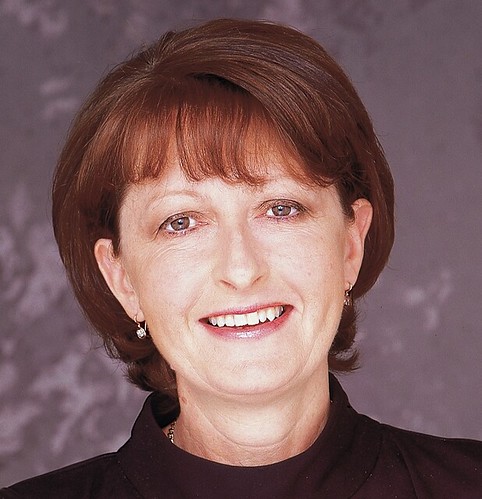Practice measures not answer to violence against doctors
No-one could have failed to be moved by the tragic and brutal murder of Melbourne GP, Dr Khulod Maarouf-Hassan, in her surgery last year, and since her death at the hand of a patient there’s been much debate within the profession about violence in the medical workplace.
Yet as GPs Professor Michael Kidd and Associate Professor Leanne Rowe write in this week’s MJA, the discussion has been largely limited to measures individual doctors can take to protect themselves and their staff, such as ensuring secure physical practice environments, installing alarm systems and taking self-defence courses. While such strategies are important, tackling violence against health professionals is a bigger picture issue, they argue, and they’re right.
For a start, individual protection measures can only be so effective; an alarm wouldn’t have saved Dr Maarouf-Hassan from her frenzied attacker. Similarly, making sure the patient is never between you and the door is often unrealistic.
But apart from a lack of effectiveness of some individual practice measures, Professors Kidd and Rowe rightly say that violence against doctors isn’t just a personal threat, but a wider public health problem paralleling increasing community violence.
Moreover, there’s an identifiable subgroup of people more likely to be perpetrators of violence – “young men with active delusional psychosis, persecutory symptoms and disorganised thinking, who may be using substances, lacking insight, resistant to engagement, non-compliant with treatment and socially disadvantaged”, who paradoxically are also most likely to be rejected by mental health services and be denied help.
Of course, we in the medical profession must be careful not to get too carried away with the importance our own safety compared to other workers. All members of society deserve to return home alive from work each day, and just in the last week I’ve read about two rail workers, a construction worker and a truckdriver who weren’t so lucky.
But the ways to protect against violence, whether or not the victims are medically trained, are quite different to protecting against the physical accidents that claimed these workers’ lives.
According to the professors, we need a groundswell of concern by GPs for those at risk of becoming perpetrators or victims of violence. They’re right, but it’s a big ask to expect general practitioners to solve this problem on their own.
MJA 2007; 187; 118-9.
Yet as GPs Professor Michael Kidd and Associate Professor Leanne Rowe write in this week’s MJA, the discussion has been largely limited to measures individual doctors can take to protect themselves and their staff, such as ensuring secure physical practice environments, installing alarm systems and taking self-defence courses. While such strategies are important, tackling violence against health professionals is a bigger picture issue, they argue, and they’re right.
For a start, individual protection measures can only be so effective; an alarm wouldn’t have saved Dr Maarouf-Hassan from her frenzied attacker. Similarly, making sure the patient is never between you and the door is often unrealistic.
But apart from a lack of effectiveness of some individual practice measures, Professors Kidd and Rowe rightly say that violence against doctors isn’t just a personal threat, but a wider public health problem paralleling increasing community violence.
Moreover, there’s an identifiable subgroup of people more likely to be perpetrators of violence – “young men with active delusional psychosis, persecutory symptoms and disorganised thinking, who may be using substances, lacking insight, resistant to engagement, non-compliant with treatment and socially disadvantaged”, who paradoxically are also most likely to be rejected by mental health services and be denied help.
Of course, we in the medical profession must be careful not to get too carried away with the importance our own safety compared to other workers. All members of society deserve to return home alive from work each day, and just in the last week I’ve read about two rail workers, a construction worker and a truckdriver who weren’t so lucky.
But the ways to protect against violence, whether or not the victims are medically trained, are quite different to protecting against the physical accidents that claimed these workers’ lives.
According to the professors, we need a groundswell of concern by GPs for those at risk of becoming perpetrators or victims of violence. They’re right, but it’s a big ask to expect general practitioners to solve this problem on their own.
MJA 2007; 187; 118-9.
Labels: violence

